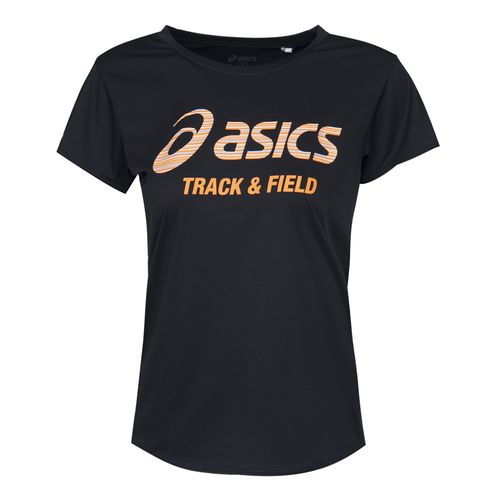In women’s clothing design, the selection and application of fabrics are crucial to the overall effect of the clothing. The diverse use of fabrics can bring colorful effects to women’s clothing design. The following is a demonstration of the various ways in which fabrics are used in women’s clothing design:
1. Expression of texture and texture: Different fabrics have unique textures and textures , different styles and atmospheres can be expressed by cleverly selecting and combining fabrics. For example, rough linen fabrics are suitable for creating a natural and casual feel, while smooth and delicate silk fabrics are more suitable for showing a noble and gorgeous effect.
2. Creation of a sense of layering: The transparency and thickness of fabrics can help designers create a sense of layering. You can use transparent fabrics such as lace and tulle to outline the feminine figure, or add fabrics such as soft silk or mesh under the skirt to increase the fluffiness.
3. Utilization of pleats and pleats: Some fabrics are prone to wrinkles, and this feature can be used by designers to create specific effects. For example, cotton or silk fabrics that create pleats can be used to design ruched skirts or tops.
4. Expression of color and pattern: The color and pattern of fabric are factors that cannot be ignored in women’s clothing design. By choosing fabrics with specific colors and patterns, you can convey a completely different style. For example, colorful printed designs such as flowers and geometric patterns can add vitality and life to summer clothing.
5. Reflection of elasticity and fit: Stretch fabrics (such as stretch cotton, stretch silk) can provide a tight fit and are suitable for showing the curves of the female figure. beautiful. This type of fabric is also very common when designing casual sportswear, providing a comfortable fit.
6. Innovation in splicing and mixing: Combining different types of fabrics, splicing or mixing can bring unexpected effects. For example, in the design of tops and skirts, multiple fabrics can be spliced together to create unique visual effects.
7. Application of functional fabrics: With the advancement of science and technology, many functional fabrics have appeared, such as moisture-wicking fabrics, anti-UV fabrics, etc. These fabrics have high practicality in outdoor, sports and leisure wear and can meet consumers’ needs for comfort and protection.
The selection and use of fabrics in women’s clothing design is a complex and exciting task. Designers can learn more about the characteristics of various fabrics and keep trying. Innovative methods allow fabrics to better utilize their characteristics in design and enhance the fashion and quality of women’s clothing.





